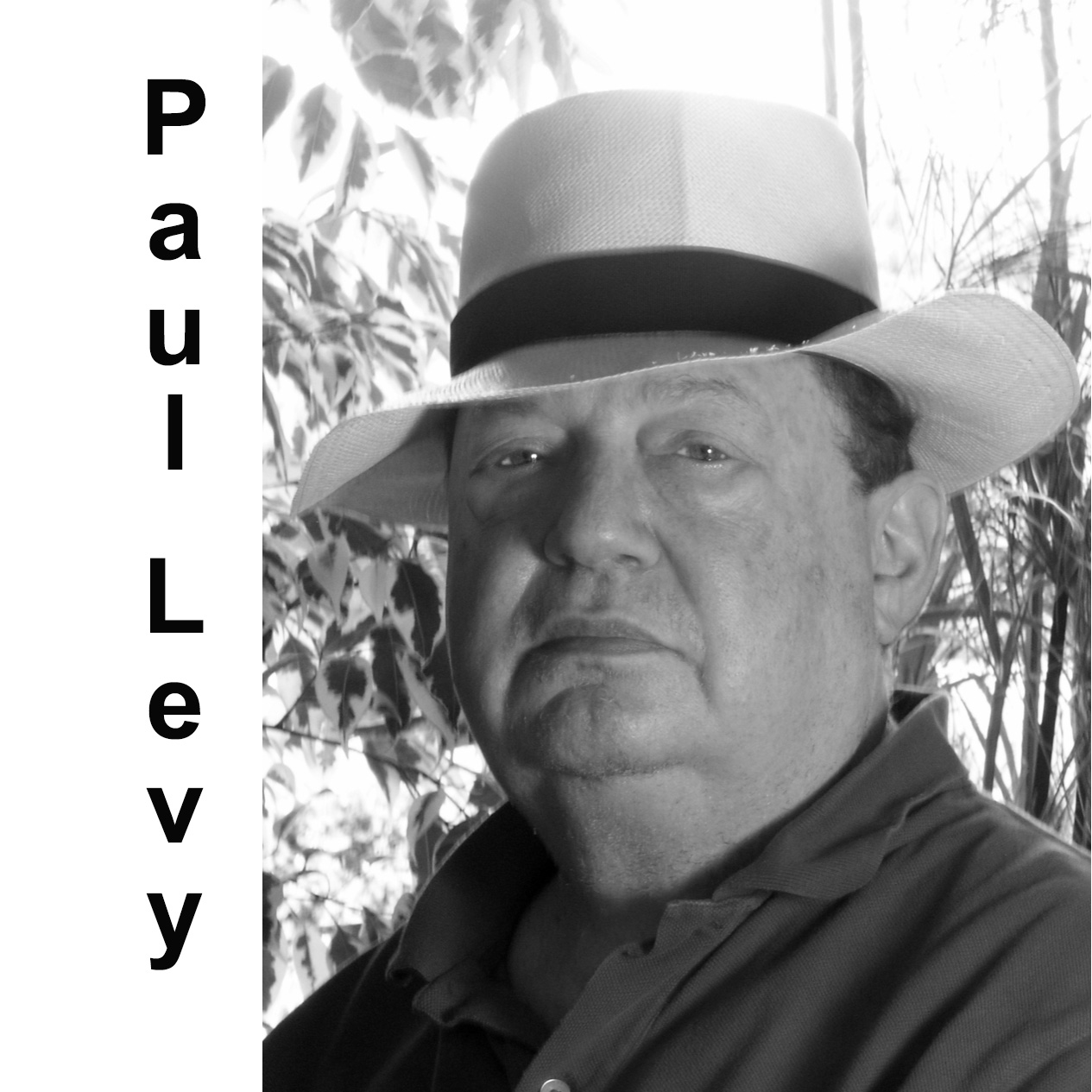
Harold McGee’s Nose Dive: A Field Guide to the World’s Smells is an ambitious and enormous work. Indeed it’s so large, at 654 pages and weighing nearly a kilo, that I could only manage to read it at the kitchen table — which made me appreciate its wipe-clean binding. Its distinctive new-book smell (there is such a thing) contrasts mightily with the musty, familiar old-book scent of my study. As I walk through the house, I detect the not entirely agreeable whiff of last night’s wood fire in the sitting-room, but this gives way to the snap-to-attention aroma of just-made coffee, the fragrance of the sliced banana and apple in the morning muesli, the scent of the loaf just out of the oven and the unmistakable redolence of toast. Of course, there’s the flip side; it’s amazing how much of this book is about bad smells — ‘faecal’ and ‘urinous’ frequently qualify one of Roget’s very many synonyms for ‘smell’.
Though it’s easy to be sceptical or cynical about the wine-taster’s weird vocabulary — tarry, mossy, spicy, buttery, grassy smells and the aromas of pine, raspberries, vanilla and even cat’s pee — it’s more than coincidence that analysts can find the molecules for these in the wine in your glass. McGee, whose academic work has evolved from Keats to ketones, enthusiastically explains the science of everyday smells in this near-encyclopaedic tome. Having written the pioneering yet definitive work On Food and Cooking: The Science and Lore of the Kitchen, McGee was spurred to research the sense of smell by the experience of eating his first grouse. Our love of game (if you do love it) is partly composed of a taste for decomposing ‘high’ flesh; and the scent of a properly cooked grouse is not that of the heather on which the bird fed but partly the metallic odour of iron-rich liver. This piqued his interest in what he has coined the ‘osmocosm’, the McGee’s breadth is demonstrated by his cosmological starting point, which asks how the elements were born, and begins 14 billion years ago with the Big Bang. However they got there, the presence of some of the elements, especially sulphur, is evident and obvious in smells good and bad. But it’s the element that makes life that he calls ‘Hero Carbon’, for its life-bestowing chemistry: ‘The majority of primordial molecules larger than four atoms contains carbon, the fourth most abundant element in the cosmos after hydrogen, helium and oxygen.’ The ability of carbon atoms to form rings and chains, molecules of great complexity, turns out to be ‘tokens of invention and growth rather than consumption and depletion’.
“researchers surveyed the perceived qualities of volatile molecules by asking people to sniff a wide range of them one by one and describe what they smelled like. The larger the molecule, the more likely the sniffers were to describe it as pleasant.”
In studies McGee, the former literary scholar, names those pleasant soothing molecules ‘with the descriptor “sweet”, just as John Milton described the trees and flowers of Eden as a “wilderness of sweets”.’ Though some flavour scientists think ‘sweet’ belongs to (chemical) sugars, McGee reminds us of Chaucer, and Aprill with his shoures soote, and of Shakespeare, and Romeo’s rose by any other name. Today, he asserts, ‘fragrance and flavour specialists routinely apply sweetness to single molecules’.
But what about these bad smells? Sometimes they are warnings, as when a whiff of bitter almonds signifies the possible presence of cyanide. And ‘excrement and urine are two media by which animals can send signals to kin or potential mates or competitors’. However, it turns out that unpleasant smells are often part of a complex perfume that gives an edge to our pleasure. The secretions of the musk deer and the castoreum of the beaver are both used in the manufacture of commercial fragrances.
Why do we like them? The answer seems to be that, mixed with sometimes dozens of other scents and essences, they attract our attention, make us notice the wearer, or respond to the situation in which we notice them:
“touch of musk or beaver is a way of asserting the animal’s presence by prestigious proxy rather than poor hygiene: a refined means of visceral connectivity.”
It works for sheep and goats, and for the cheeses made from their milks, so why not use the phenomenon to give us a perfume or aftershave heads-up?
The last 100 pages of this book containa smaller one on the smells of wine and food, cooked, cured and fermented. Foodies and wine buffs have not been scanted. The often amusing text includes explanations of why iron-tasting red wines do not flatter fish, and intriguing, sinister anecdotal details about ‘chimney-sweep disease’ being cancer of the scrotum, and the dangers of everyday cooking with a wok — the high incidence of lung cancer in Chinese women.
